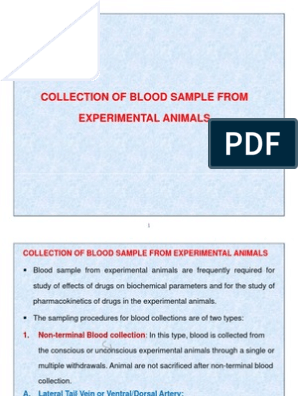0% found this document useful (0 votes)
503 views27 pagesScreening of Anti Diabetic Activity
I present this topic at Roland institute of pharmaceutical sciences Berhampur Odisha India
Uploaded by
SANJIV STAR PANDACopyright
© © All Rights Reserved
We take content rights seriously. If you suspect this is your content, claim it here.
Available Formats
Download as PPTX, PDF, TXT or read online on Scribd
0% found this document useful (0 votes)
503 views27 pagesScreening of Anti Diabetic Activity
I present this topic at Roland institute of pharmaceutical sciences Berhampur Odisha India
Uploaded by
SANJIV STAR PANDACopyright
© © All Rights Reserved
We take content rights seriously. If you suspect this is your content, claim it here.
Available Formats
Download as PPTX, PDF, TXT or read online on Scribd
/ 27































































































